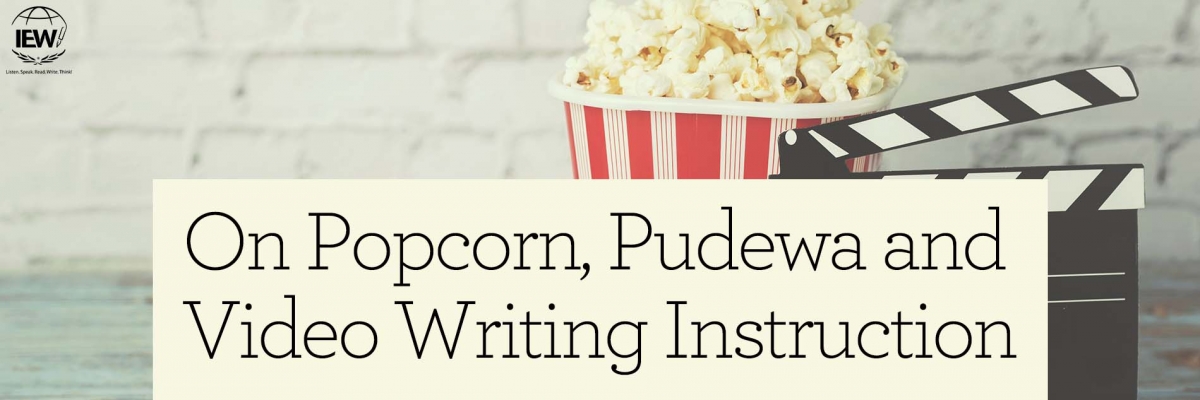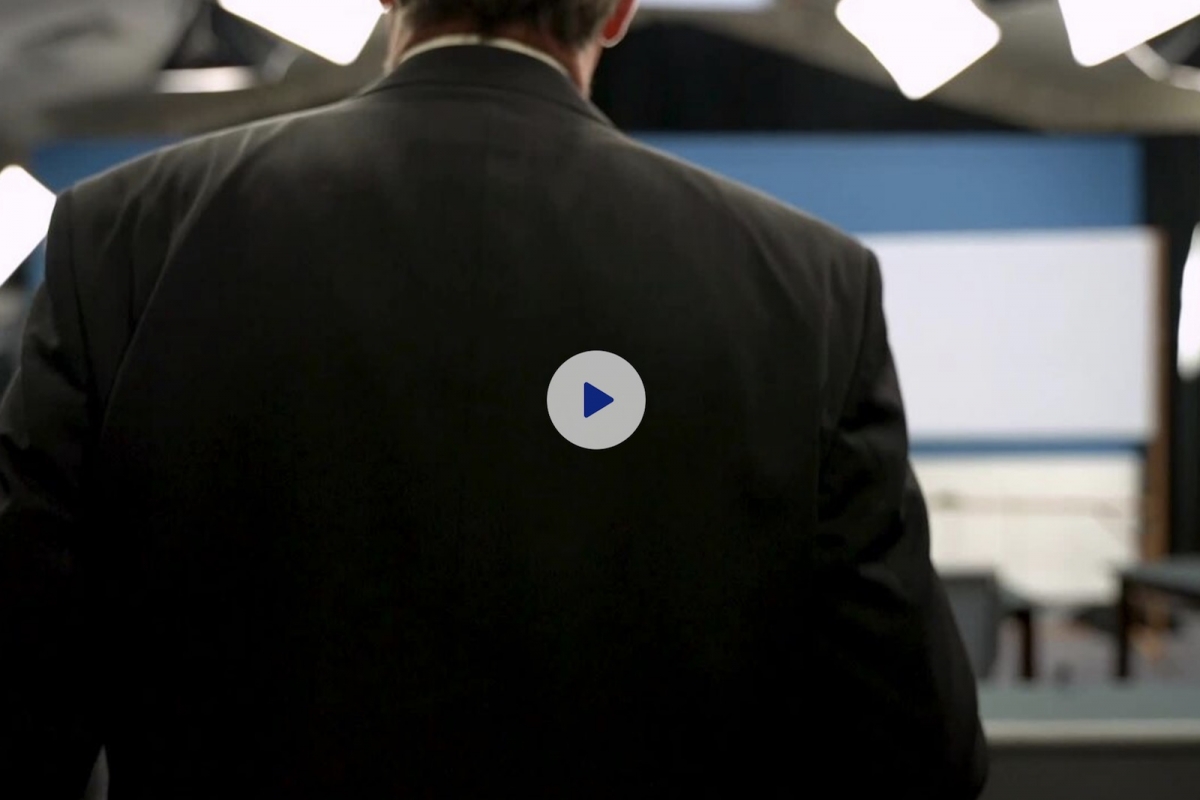
You may have already heard some of the buzz from IEW® about an upcoming important announcement. It’s exciting news that we are looking forward to sharing with you all. While the clock has been steadily counting down the hours and minutes until the big reveal, I’ve been looking back and reflecting on some of my family’s earliest experiences with IEW. For our first taste of Structure and Style®, I selected a video-based course, and I’m so thankful. It was the catalyst that paved the way for our success—for my children in their writing and for me in my teaching.
I distinctly remember the day I began teaching my little boys how to write with Structure and Style. It was midafternoon on a sunny and warm Monday. After I had prepared their writing notebooks, I brewed a fresh pot of iced tea and popped some popcorn. The mouth-watering aroma and cheerful sound of the popping kernels served as an extremely effective clarion call. My boys came running.
“Why are you popping popcorn, mom?” my oldest asked.
“It’s time to start our writing lesson,” I explained. “Head over to the couch. Don’t forget to get a napkin for yourself and your brother!”
The boys scrambled over the back of the couch, plopped on a cushion, and began munching the salty, buttery corn. I took out the first disc, inserted it into the DVD player, and sat back in the recliner with my own notebook and pen and a tall glass of iced tea. Soothing music started.
Over the next hour, give or take, the boys and I watched the “funny guy,” Andrew Pudewa, introduce Structure and Style and chart a course for writing for our year. My boys were engaged, and I felt, perhaps for the first time that day, rested and peaceful. The three of us came out of that, our very first video-based lesson, excited about the year and encouraged to begin writing right away.
Video-based instruction is an educational approach that is growing in popularity and for good reason. For starters, incorporating video lightens the load of the instructor. Writing lesson plans requires a significant amount of a teacher’s time. Teachers gain back valuable hours when they are able to incorporate video for at least a portion of their instructional time. For the teacher it can mean the difference between feeling stressed and overworked to feeling empowered and relaxed.
Another benefit teachers receive when they include video instruction in their classes and homeschools is expert modeling from master teachers. As I watched Andrew Pudewa teach my boys how to write all those many years ago, I was also learning; I was learning how to teach written expression to students. I had originally purchased IEW video curriculum because I felt ill-equipped to teach composition. My earlier attempts at it confirmed to me that I needed expert help. Sitting down with my boys that first day to watch Mr. Pudewa, I felt encouraged that I had finally found the support I needed to be able to learn how to teach what to me had previously been a nearly unteachable, nebulous subject: written expression.
The benefits of video-based instruction extend to students as well. Today’s learners are familiar with video and connect well with it. It’s another way to introduce multisensory learning. Watching a video lesson, students are transported out of their physical classroom to another setting. This novelty helps retain students’ attention and engagement.
Additionally, just as video instruction provides valuable modeling for the classroom or homeschool teacher, it also brings the “best and the brightest” instructors directly to the students. The students have the benefit of learning from the master teacher himself. This high-quality instruction translates into students who are better able to learn from and apply their lessons to their assignments. They feel equipped and able to tackle their assignments because they have learned from the best.
Flexibility is another key feature for video-based instruction. Because videos are stored, either on a disc or in the cloud, they are always available. There’s no concern about missing a live-taught class. Knowing this, teachers are able to bring in video instruction when it works for them and are able to adjust the pacing and class session times to work best for their students. No longer is there any worry over missing instruction because it is always there and accessible.
I am so glad we chose to use a video format for our family’s first taste of Structure and Style. We all learned so much. The boys learned how to write, and I learned how to teach writing. We all laughed too. Mr. Pudewa is funny! That inaugural IEW year led to many, many more successful writing experiences. Frankly, I don’t think we could have been as successful without experiencing that first video course. In hindsight it turned out to perhaps be the single most important key to creating the competent and confident communicators I have today.
One final thought for you. While I can’t tell you what’s coming down the pike, I can help you be one of the first in the know. IEW has an online sign-up link that will allow you to be notified bright and early Wednesday, November 20, when all will be revealed. I encourage you to fill it out. It’s worth waiting for. In the words of Andrew Pudewa, “This is the best thing we have ever done. It is the most comprehensive. It is the most certain.” We can’t wait to share it with you.
IEW® and Structure and Style® are registered trademarks of the Institute for Excellence in Writing, L.L.C.
|
Jennifer Mauser has always loved reading and writing and received a B.A. in English from the University of Kansas in 1991. Once she and her husband had children, they decided to homeschool, and she put all her training to use in the home. In addition to homeschooling her children, Jennifer teaches IEW classes out of her home, coaches budding writers via email, and tutors students who struggle with dyslexia. |


